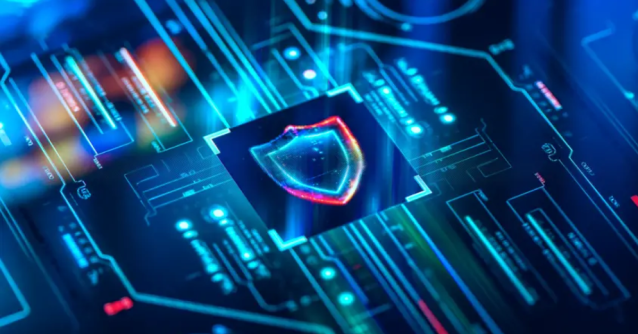Quick Takeaways
-
Fast-Evolving Threat Landscape: Cybercriminals are rapidly exploiting security gaps, leading to a median dwell time of just two days, necessitating organizations to understand their unique threats and implement continuous monitoring and analysis.
-
Contextual Threat Analysis: Effective cybersecurity requires contextualizing threats with relevant business insights, enabling targeted strategies and prioritized resource allocation to high-risk areas.
-
Agility and Adaptability: Organizations must cultivate flexible and scalable cybersecurity strategies that incorporate real-time intelligence to stay ahead of evolving threats and foster employee adaptability through training and resources.
- Human Element in Cybersecurity: Mitigating human error is crucial; investing in training and cultivating a positive cybersecurity culture empowers employees, making them a vital asset in a robust cyber defense strategy.
Problem Explained
In an era where cybercriminals are becoming increasingly agile, recent findings from Sophos reveal alarmingly short response times, with a median dwell time of merely two days for breaches. This trend underscores how organizations face relentless pressure from sophisticated threat actors, including organized crime, hacktivists, and state-sponsored entities, who exploit security gaps with remarkable speed. To combat these evolving threats, organizations must cultivate a robust cybersecurity framework that encompasses a comprehensive understanding of the threat landscape, continuous monitoring, and flexible strategies that adapt to an ever-shifting milieu of risks.
Amidst these challenges, the responsibility for effective cybersecurity falls not only on advanced technology but also on the human element. As highlighted in Sophos’ findings, human error continues to be a significant vulnerability, with a staggering percentage of ransomware incidents attributed to inadequate employee training. Thus, organizations must prioritize a culture of cybersecurity awareness and leverage both technology and human ingenuity to foster resilience. By integrating intelligence-driven approaches, agile methodologies, and robust training programs, companies can enhance their defenses and remain one step ahead of increasingly sophisticated adversaries, ultimately securing their operational integrity against unforeseen threats.
What’s at Stake?
In an era where cybercriminals exploit security vulnerabilities with alarming speed—evidenced by a median dwell time of just two days highlighted by Sophos—the repercussions for businesses, users, and organizations extend far beyond individual breaches. When a cybersecurity incident occurs, it not only jeopardizes sensitive data and operational continuity but also creates a ripple effect that can undermine the trust and stability of interdependent entities. Affected organizations may inadvertently expose supply chain vulnerabilities, leading to financial losses and reputational damage for themselves and their partners. Moreover, a proliferation of cyber threats can impede collaboration and innovation across sectors, as businesses become hesitant to share data or engage in partnerships, stifling progress and diminishing overall resilience against evolving threats. Thus, the urgency for a robust cybersecurity strategy—one that encompasses comprehensive threat awareness, contextualized risk assessment, and agile responsiveness—cannot be overstated; it’s instrumental not just for safeguarding individual organizations but also for fortifying the broader economic landscape against a tide of malicious activity.
Fix & Mitigation
In an era where cyber threats proliferate with alarming frequency, timely remediation emerges as a linchpin for sustaining organizational integrity and operational resilience.
Mitigation Strategies
- Comprehensive risk assessments
- Regular software updates
- Employee training programs
- Incident response drills
- Endpoint protection solutions
- Data encryption protocols
NIST CSF Guidance
The National Institute of Standards and Technology (NIST) Cybersecurity Framework (CSF) underscores the necessity for proactive measures and recovery planning. Specifically, NIST SP 800-53 offers detailed security and privacy controls, serving as a valuable reference for implementing robust cybersecurity practices.
Continue Your Cyber Journey
Explore career growth and education via Careers & Learning, or dive into Compliance essentials.
Understand foundational security frameworks via NIST CSF on Wikipedia.
Disclaimer: The information provided may not always be accurate or up to date. Please do your own research, as the cybersecurity landscape evolves rapidly. Intended for secondary references purposes only.
Cyberattacks-V1

